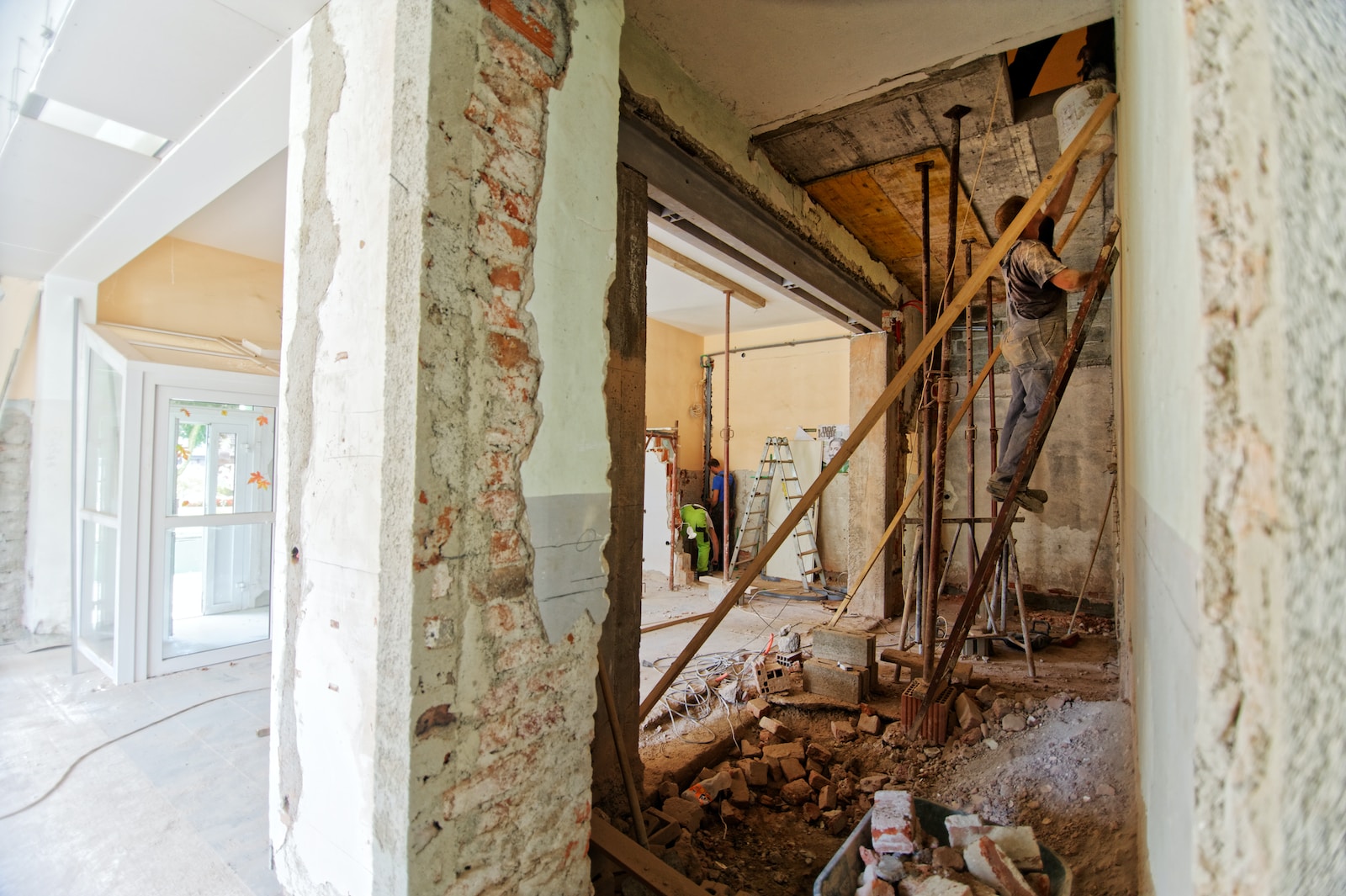
Should Homeowners Purchase a Builders Risk Policy for Renovations?
 Americans spent $420 billion in 2020 on remodeling their homes, according to the National Association of Realtors «2022 Remodeling Impact Report,» with the most commonly undertaken renovations being the kitchen, bathroom, home additions, flooring and painting upgrades. In 2020, the U.S. home remodeling market generated $340 billion in revenue, with a 4.1% projected growth through 2027, according to Global Market Insights.
Americans spent $420 billion in 2020 on remodeling their homes, according to the National Association of Realtors «2022 Remodeling Impact Report,» with the most commonly undertaken renovations being the kitchen, bathroom, home additions, flooring and painting upgrades. In 2020, the U.S. home remodeling market generated $340 billion in revenue, with a 4.1% projected growth through 2027, according to Global Market Insights.
But when should a homeowner who is doing a home renovation purchase a builders risk policy to supplement their homeowners policy? The reality is that a homeowners policy does not provide insurance for the exposures homeowners face during the course of new construction or remodeling, leaving them vulnerable to costly financial losses, according to US Assure’s research.
“The general guidance is, in order to protect your own interests, as well as the interests of others, it’s recommended to purchase a builders risk policy,» says Alan Ferguson, president, US Assure. “It would guarantee that any materials or fixtures that are to be installed during renovation would be covered should they sustain physical loss or damage from a covered cause of loss.»
“For any homeowner doing a renovation project at their house, no matter how small those values are, they should explore a builders risk option with their agent,» agrees Ryan Mee, vice president, inland marine underwriting, Liberty Mutual. “Certainly, for any larger substantial remodels, clients should absolutely look into a builders risk policy to help protect those materials as they’re being stored on site and being installed.»
An independent agent can provide the benefit of their knowledge and expertise to ensure their clients are adequately covered during a renovation or remodeling. “Agents have a chance to show off their knowledge by showing the homeowner what their existing homeowners policy covers and what it doesn’t,» Mee says. “Explain where their existing homeowners policy provides coverage and where there could there be a gap.»
Specifically, agents should highlight the notable differences between a homeowners and builders risk policy. Traditionally covered perils under a builders risk policy include the theft of building materials, fire, vandalism, property in transit and storage, and property owned by subcontractors and suppliers. The coverage can be purchased by the owner or the contractor and “for a homeowner and agent, that’s a decision best made between them,» Mee says.
But one of the most important things an agent can do for a client is to keep an open dialogue. “Having a clear understanding of the project will enable an agent to really assess what is needed on each project» because “not all houses are created equal and neither are all builders risk policies,» Ferguson says.
“Understanding potential risks, including geography, logistical issues, job site security, and even unique architectural features will enable an agent to build a policy that makes sure a client has the right coverage in place for all perils of note,» he says. “That’s the value an agent can bring.»
Additionally, “the responsiveness and the speed at which agents can get a policy in place is really important,» Mee says. “Oftentimes the builders risk policy might be the last thing that the building owner or a contractor thinks of putting in place. And especially on the smaller-scale side, there has to be a quick turnaround to get a policy in place and to make sure all parties are adequately comfortable with coverage.»
To be successful in the builders risk space, Mee says an agent should «work with carriers that are consistently responsive and can turn that policy around quickly and make sure they have the knowledge in their local community to be the resource that can provide the service.»
(Source: https://www.iamagazine.com/markets/should-homeowners-purchase-a-builders-risk-policy-for-renovations)
